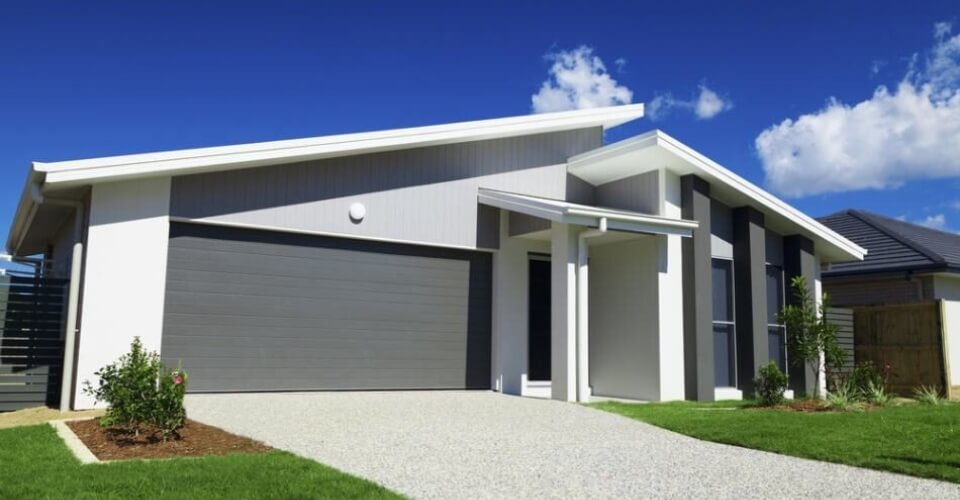Whether it’s old, brand-new, or recently renovated, it’s easy to get caught up in the excitement of purchasing a property. Sometimes, the anticipation can overshadow the practicalities of what lies below the surface.
The good news? With the help of an independent inspector, it’s possible to buy and build with confidence. Throughout this article, we’re going to explore some of the most common issues found during building and pest inspections, then highlight the benefits of this process on the whole.
What a Building and Pest Inspection Can Uncover
In a recent article, we covered the many reasons why skipping a building inspection could cost you big. Remember, even a flash and newly renovated property may be hiding an array of underlying issues. While it’s true that every situation is different, these problems can certainly escalate and add up over time.
With all of this in mind, let’s take a look at some of the common issues found during a building and timber pest inspection:
#1 Water Leaks and Moisture Damage
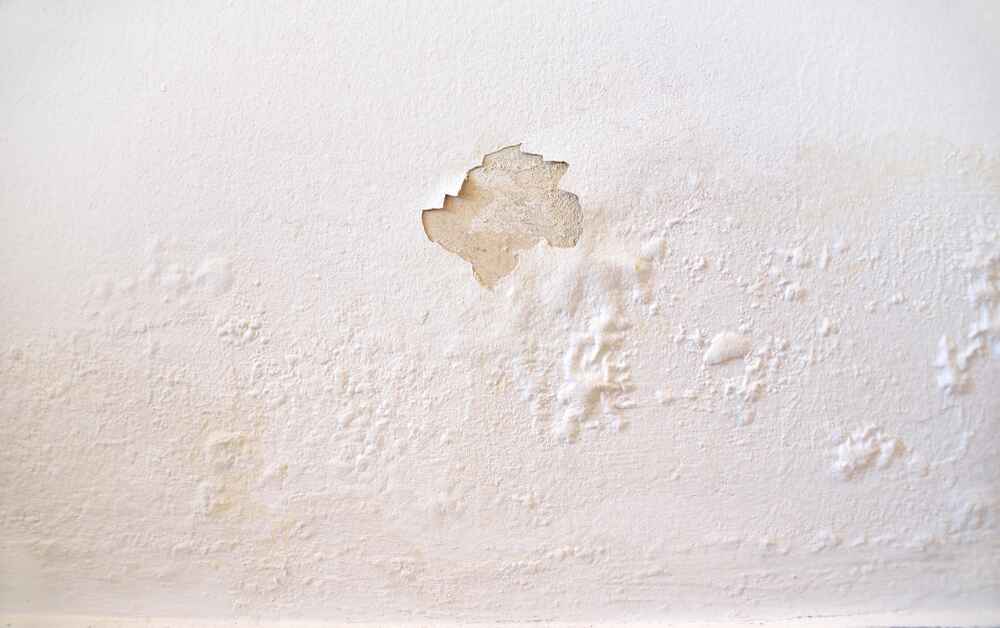
Water damage is one of the most insidious problems you can encounter in a building. Often invisible at first, water leaks can quickly escalate into significant issues if left unchecked. Leaky roofs, faulty plumbing, and poor drainage systems are the usual culprits behind water ingress.
Water leaks, even in small amounts, create a natural breeding ground for mould and mildew, which can affect both the property structure and indoor air quality. Mould growth, in particular, is a health hazard that causes respiratory problems, allergies, and skin irritation.
Building and pest inspectors use advanced tools to detect leaks hidden within walls, ceilings, or floors.
#2 Termite Infestations
Termites are the silent destroyers of timber structures. They’re also capable of causing extensive damage, all while going unnoticed until it’s too late. A termite infestation can lead to severe weakening of support beams, floors, and even the foundation. By the time the damage is visible, the pests may have already done significant harm.
At Inspect365, we use state-of-the-art technology, including Flir C5 Thermal Imaging and Tramex ME5 Dual Moisture Encounter, which is used to detect termite activity (even in hidden areas like wall cavities and under floors). Thermal technology allows us to spot temperature variations that indicate termite activity if and when the insects are out of sight.
When it comes to termite activity, early detection is always the best way to prevent full-blown infestations and costly repairs.
#3 Roof Damage
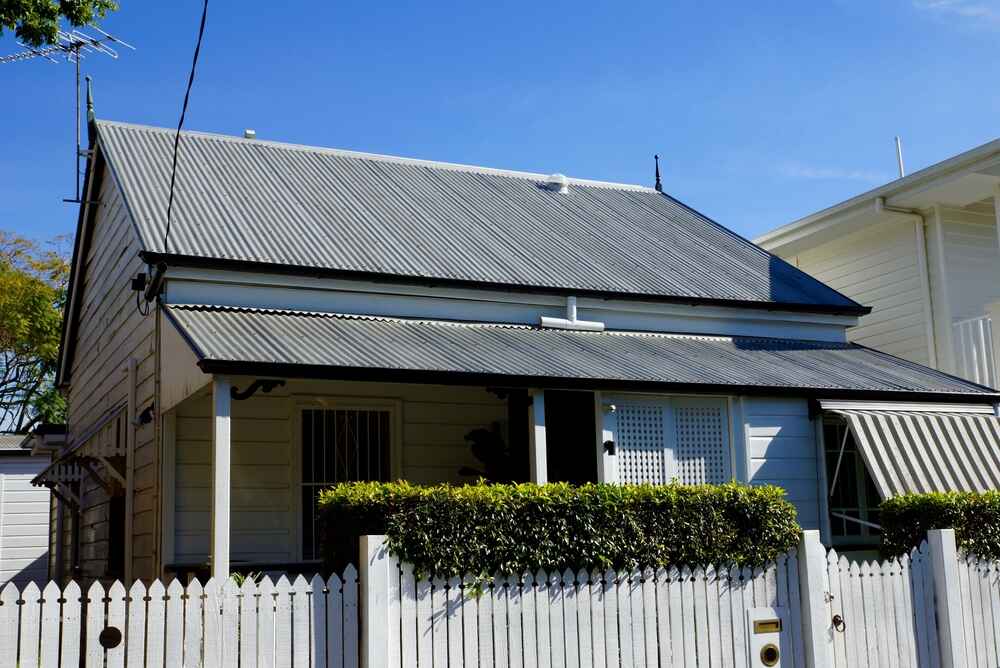
The roof is your property’s first line of defence against the elements. Because the marketing for property listings often revolves around the interior rooms and floor plan, this is an area that many investors tend to overlook.
Roof-related problems can range from damaged tiles to rusted gutters and damaged flashing. If left untreated, these issues can cause water to seep into the building, leading to dampness, mould growth, and even rot in structural components. Over time, roof damage can also affect the insulation and energy efficiency of the property, which will further drive up heating and cooling costs.
#4 Structural Damage
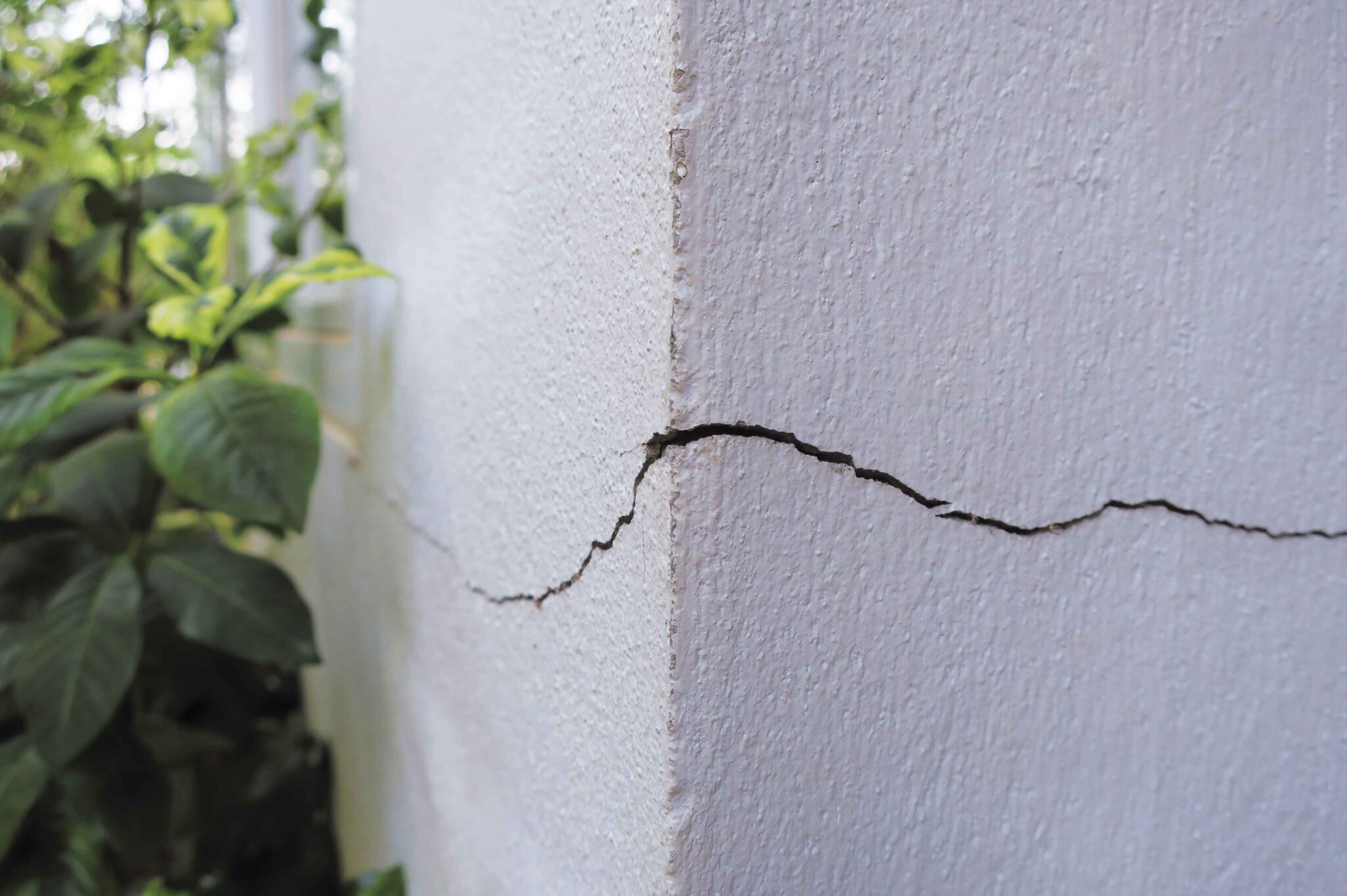
Structural issues are among the most costly and challenging problems a property owner can face. Over time, factors such as settling foundations, shifting soils, or timber decay could all lead to significant damage. Structural problems will typically manifest as uneven floors, cracks in walls, doors, or windows that don’t open or close properly, or sagging ceilings.
An experienced building inspector will be able to spot these issues and include the findings within a detailed report. Remember, if they are left untreated, structural issues will eventually turn into major safety concerns and can even make a building uninhabitable.
#5 Safety Hazards
Whether you’re planning to live at the property or lease it out, you must be fully aware of any potential safety hazards. In many cases, a building may appear to be in great condition on the surface, but hidden hazards can and will pose significant risks to occupants.
Some of the key safety hazards an inspector will look for include:
Asbestos: Common in older homes, asbestos can cause serious health problems when its fibres become airborne. If you’re buying a property built before the 1980s, an asbestos inspection is crucial.
Electrical Hazards: Outdated or exposed wiring can lead to dangerous electrical faults, posing a fire risk. Inspecting the electrical system ensures that all wiring is up to code and functioning safely.
Fire Safety Compliance: Checking that the property meets fire safety standards is essential. This includes checking for working smoke alarms, adequate fire exits, and fire extinguishers.
Want to know what you’re buying into? We offer the most comprehensive building and pest inspections in Victoria. Our senior building inspectors will leave no stone unturned, giving you the insight to buy or build with confidence.
Other Common Areas of Concern
There are several other areas in a property that should be inspected to form a complete assessment of its overall condition. These include:
Gutters and Fascia
Inspectors check that gutters and fascia boards are securely fixed, free of rust, and clear of debris. Blocked or damaged gutters can cause water to overflow and run down the walls, leading to moisture damage, rot, and even foundation issues over time.
Unchecked gutter problems can also contribute to pest infestations, as pooled water creates an ideal environment for mosquitoes and other insects.
Walls
Cracks in internal and external walls are examined closely. While some movement is expected in older homes, larger or jagged cracks may signal structural problems or subsidence. Water stains or bulging sections can also point to moisture ingress behind the surface.
Identifying the root cause early can prevent the need for more invasive and expensive repair work later down the track.
Doors and Windows
Misaligned, sticking, or rotting doors and window frames are often signs of movement, water damage, or age-related wear. Inspectors ensure these elements open and close properly, seal correctly, and don’t let in moisture or draughts.
Well-functioning doors and windows also contribute to better insulation and can significantly reduce your energy bills over time.
Tiling and Flooring
Loose or cracked tiles, uneven floors, or soft spots underfoot can suggest poor workmanship, water damage, or subfloor movement. These issues might seem cosmetic, but can worsen over time if not addressed.
In some cases, floor issues may even breach compliance with building safety standards, especially in rental or commercial properties.
Ceilings
Ceiling stains, peeling paint, or sagging may indicate roof leaks or past water damage. An inspection helps identify whether these are old issues or signs of an active leak that needs attention.
Persistent ceiling damage can also weaken the integrity of the structure above, creating serious safety concerns if left unresolved.
Here is a sample report outlining what the findings of a building and timber pest inspection may look like.
Want Complete Peace of Mind? Partner with Inspect 365
Whether you need a building and pest inspection in the Melbourne CBD, Doncaster, Pakenham, or Sunbury, we are Victoria’s number one building inspectors. We offer detailed, accurate, and easy-to-read reports that are sent to you within just four hours.
- Our Senior Building Inspectors have over 25 years in the construction industry.
- Work is completed by experienced and fully qualified inspectors
- Registered with Master Builders Victoria, VBA, HIA
- Melbourne-based offices in the CBD, East, and West Melbourne
- Over 10,000 inspections completed in Victoria.
- Annual termite inspections are available
- No hidden costs or upsells

Q. Can I be present at the inspection?
Yes! We welcome owners and buyers to be present at the time of inspection, although we ask that you leave the inspector to carry out their inspection and wait to ask your questions at the end. This will allow the inspector to concentrate solely on assessing the property to deliver a non-biased report. We also follow a specific routine and step-by-step process to ensure that no area of the property is missed.
Q. How long does the inspection typically take?
A typical combined building, timber, and pest inspection will take between one to two hours. The first hour is usually dedicated to the inspection, while the remaining time involves the completion of the report. This will depend on how many defects were found and the general condition of the property.
Q. What equipment will be used by the inspector?
Your Inspector will carry a ladder, torch, Tramex ME5 moisture meter, FLIR C5 Thermal Imaging Camera, and Termatrac T3i Scanner to your inspection.
Please note that the moisture meter is only used when visual evidence of moisture is identified by your inspector. The same protocol is followed for the use of the thermal sensor, which is also only required when visual evidence of pest activity is identified. Only images and readings of defects will generally be included in the report.
If you have any other questions, don’t hesitate to get in touch with the Inspect 365 team today!

Building Reports Available Online For All Australians.
Want to purchase a new home but unsure? Get a High quality 50+ Page building report with property summary of defects and structure within minutes!


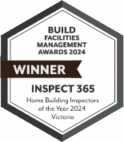



 info@inspect365.com.au
info@inspect365.com.au 